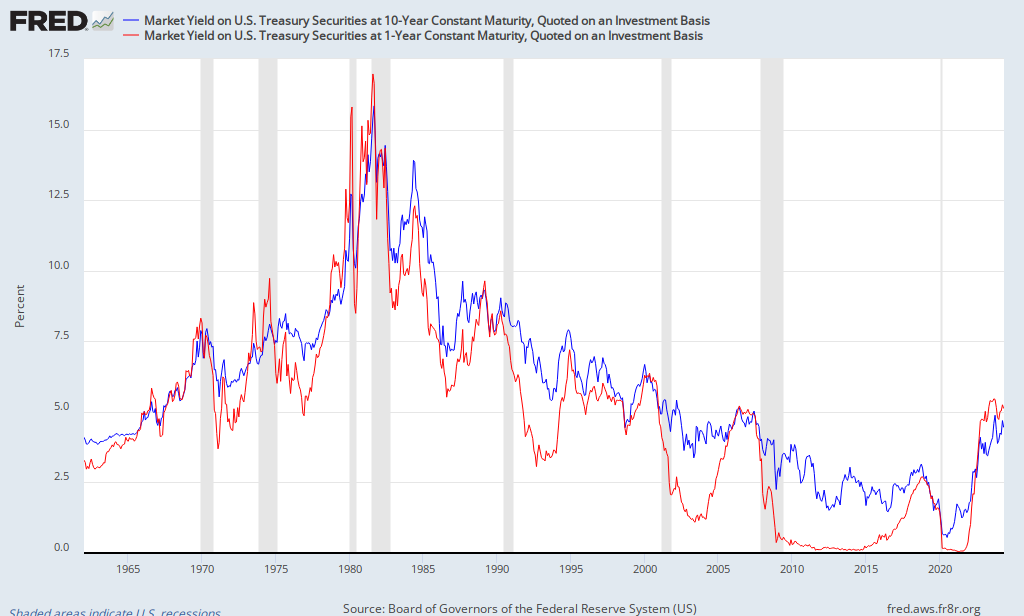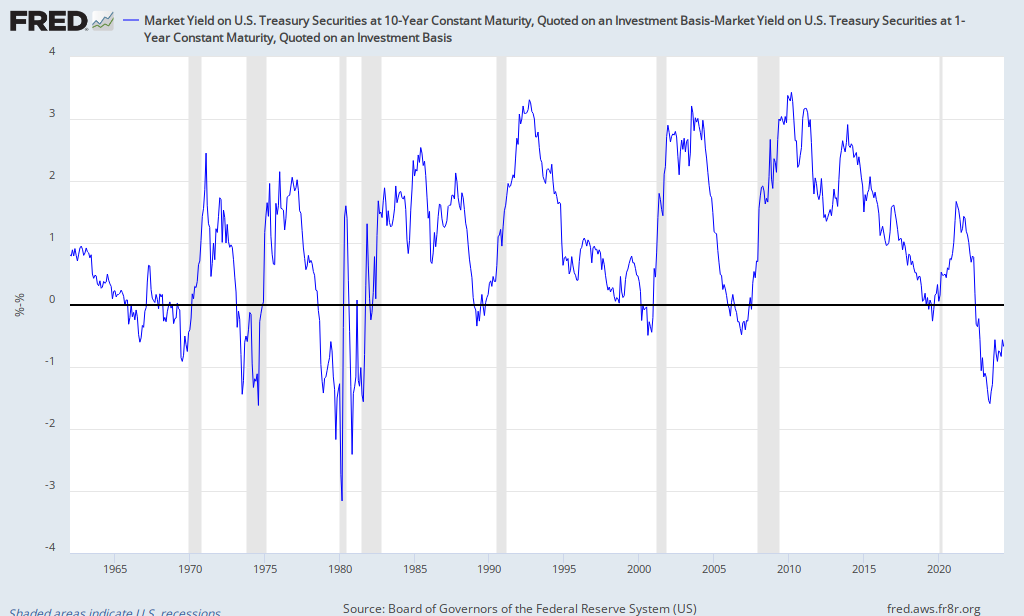Dans la continuité de nos analyses publiées dans le GEAB numéros 100 (12/2015) et 101 (01/2016), voici un nouvel instantané de l'évolution de quelques indicateurs que nous avions mis en lumière. On consultera les numéros du GEAB pour de plus amples explications.
Total of China Foreign Exchange Reserves
source: tradingeconomics.com
Comparez 2015-2016 avec 2008-2009.
Saudi Arabia Central Bank balance sheet in SAR million;
source: tradingeconomics.com
Négatif pour la première fois!
10Y JGB; source: Bloomberg
Y a t'il vraiment un pilote dans l'avion japonais?
30Y JGB; source: Bloomberg
EFSF 10Y; source: tradingeconomics.com
10Y suisse; source: Bloomberg









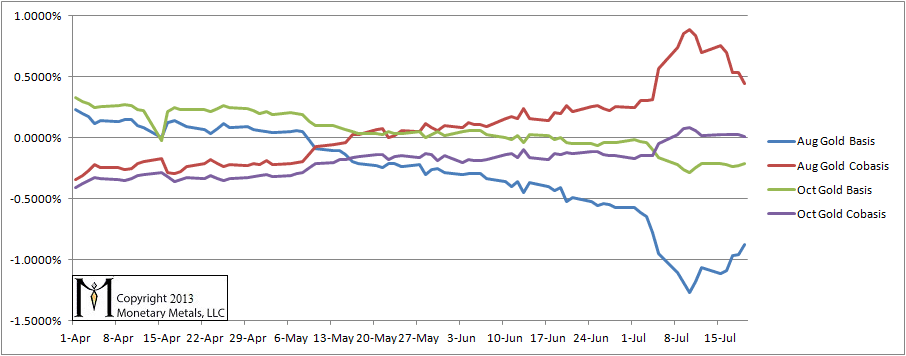
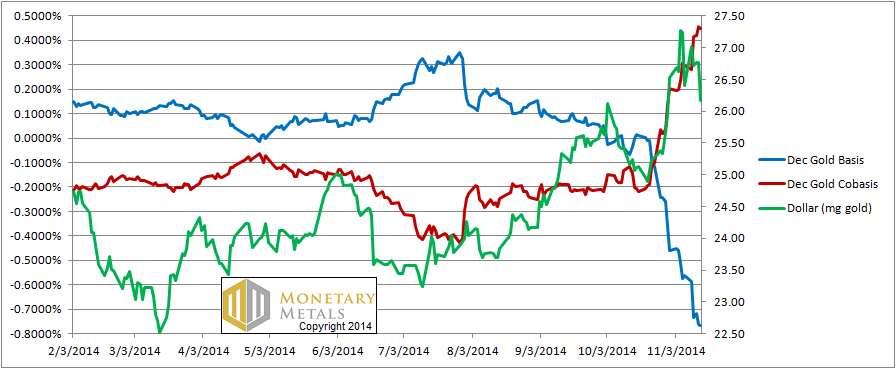
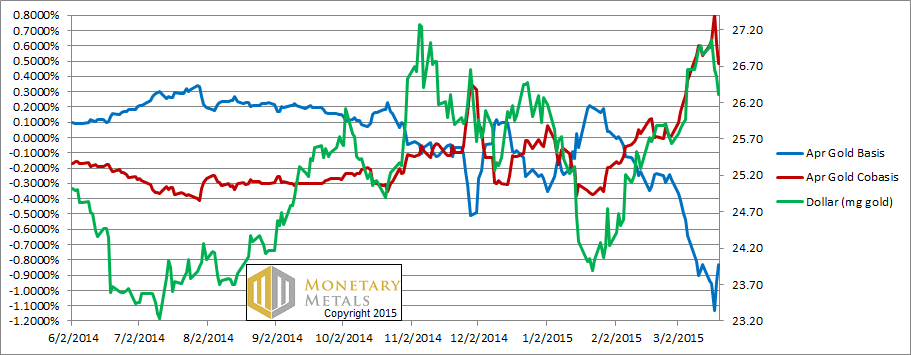
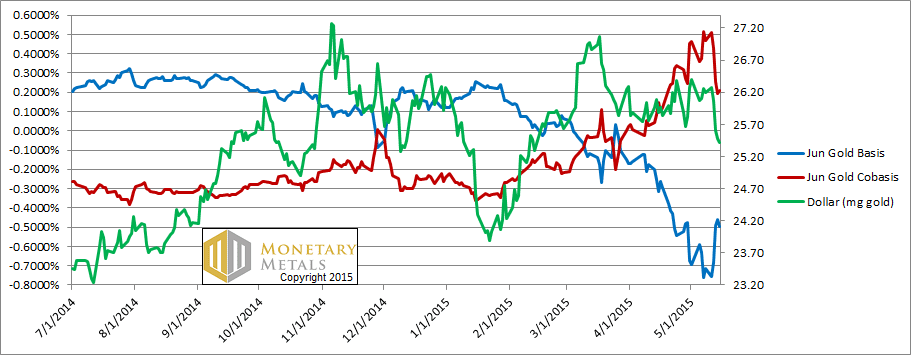
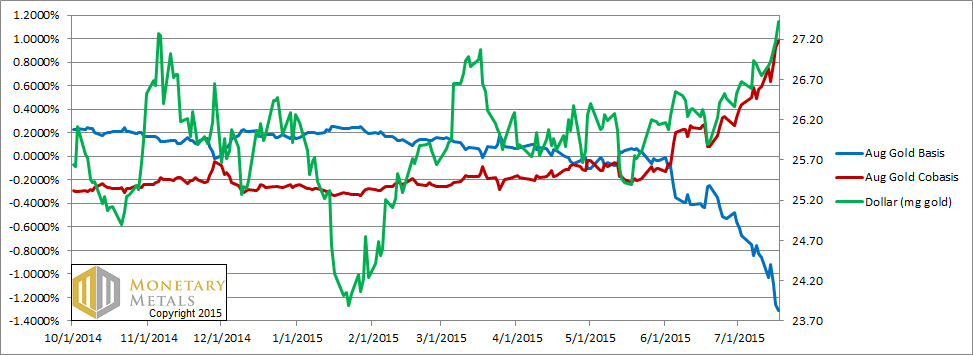





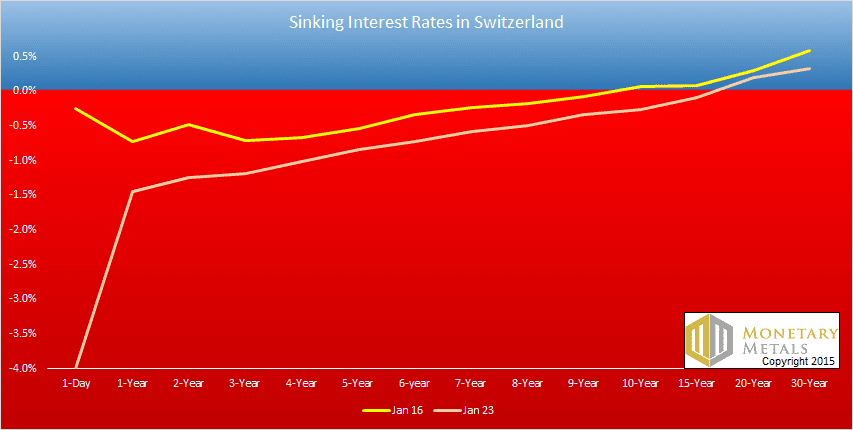














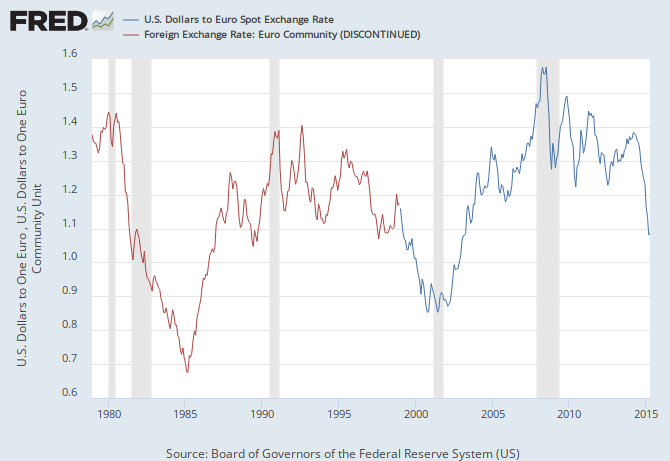



%2Fa*100%2Ca%2Ca*0&fgst=lin%2Clin%2Clin&fq=Daily%2CDaily%2CDaily&fam=avg%2Cavg%2Cavg&vintage_date=%2C%2C&revision_date=%2C%2C)


